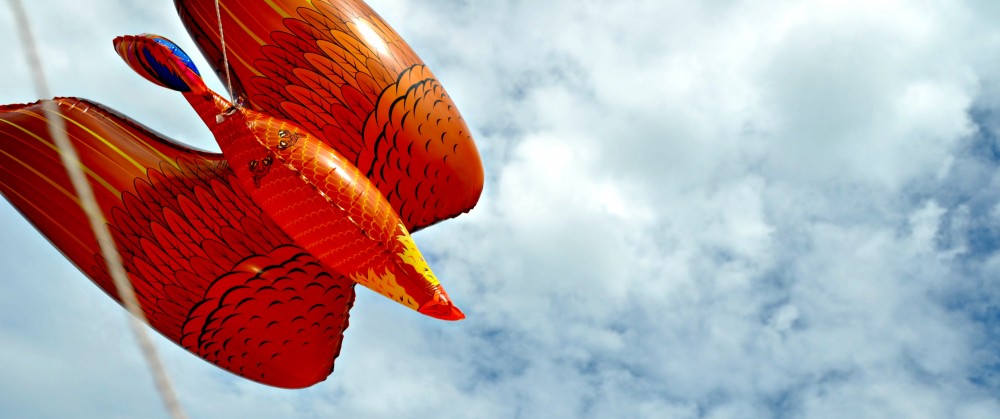
Credits to the Owner Retrieved from Google Images
Grass is found in abundance in open waste places and settled areas, about towns, along trails, streams throughout the Philippines. Carabao grass is a vigorous, creeping perennial with long stolons rooting at nodes. Its leaf-sheath is strongly compressed.

Credits to the Owner Retrieved from Google Images
Physic nut plant is a small tree or shrub with smooth gray bark, which exudes whitish colored, watery, latex when cut. Ethanol, methanol and water extracts of stem bark of Physic nut were investigated for antimicrobial activity. All the extracts exhibited antimicrobial activities and appreciable activity against all fungal species tested.
Mung beans are in the Legume family of plants. Like other types of seeds, mung beans contain small life-support systems that provide the initial nutrition for early growth. However, once the seed begins to sprout and deplete this small storage of nutrients, it requires suitable soil to encourage continued growth.
Chemicals released from plants and imposing suppression influences are termed allelochemicals or allelochemics. Most allelochemicals are classified as secondary metabolites and are produced as offshoots of the primary metabolic pathways of the plant. Suppression inhibition is complex and is involved by the interaction of many different chemicals with mixtures of different compounds that sometimes have greater suppression effect than individual compounds alone.
Twelve compounds were identified, with two additional compounds that acts as suppressor on plants or what is referred as allelochemicals can be found on the extracts of carabao grass and physic nuts.
Although derived from plants, allelochemicals may be more biodegradable than traditional herbicides but may also have undesirable effects on non-target species, necessitating ecological studies before widespread use.
The study (entitled: The Allelopathic Interference of Carabao Grass (Paspalum conjagatum Brgius) and Physic Nut Leaves (Jatropha curcas L.) Extracts on Germination of Mung Beans) was conducted at the Western Visayas College of Science and Technology, La Paz, Iloilo City last summer 2013 by the researcher named Ma. Lynmar Malones. It aims to determine the effect of carabao grass and physic nut extracts as suppressor on the growth of mung beans.
The Carabao Grass and Physic Nut extracts using 100% concentration was proven to be an effective suppressor against the growth of mung beans. Carabao Grass and Physic Nut extracts can be used as herbicides in plants to contribute to the weakening of the growth of plants and can lead to withering.
With the use of carabao grass and physic nut extracts, plant growers could get rid of weeds without spending too much on buying expensive herbicides that usually contains active ingredients that can cause harm to human health.

Photo by: Ma. Lynmar Malones
Procedures in making the concentration of carabao grass and physic nut extracts:
- Separately and thoroughly wash the carabao grass and physic nut leaves with tap water
- Set aside the same amount of carabao grass and physic nut leaves
- Blend the carabao grass and physic nut leaves in a blender and transfer the product in a clean container
- The mixture passed through a fine meshed screen to separate the solids from the liquid.
Reference:
http://www.stuartxchange.org/Laua-Laua.html
http://www.svlele.com/jatropha-plant.html
http://edis.ifas.ufl.edu/hs186
Malones, M.L. (2014). The Allelopathic Interference of Carabao Grass (Paspalum conjagatum Brgius) and Physic Nut Leaves (Jatropha curcas L.) Extracts on Germination of Mung Beans. INHS-SSC Research.
